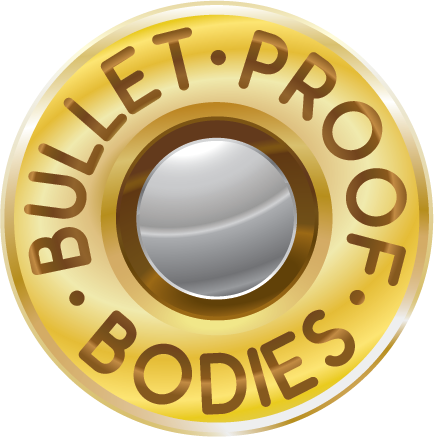The Fan Dance is not the only arduous race out there.
When you think of mountain races in the UK, the most famous is of course the Original Mountain Marathon, or the OMM. The OMM, now 50 years old, first took place under its original name the KIMM in 1968 in the North Pennines and was won by Ted Dance & Bob Astles. The OMM today is a considerably larger event, with multiple categories, and distanced. It gained prominence in 2008 when taking place in the Lake District, and a severe storm and some over-zealous media reporting claimed hundred’s of people’s lives were at risk. In reality, all the participants were well prepared for tough mountain events, had the right clothes and training, and made their way off the hills to safety. Other copycat events have duplicated the same format with some success.
Other events took a different approach. The Dragon’s Back race, which was spoken of in almost fabled, hushed tones in Richard Askwith’s book “Feet in the Clouds”, involved pairs running down much of the length of Wales over inhospitable terrain, including Crib Goch, over several days. In recent years the race has been resurrected, though it carries a significant entry price compared to the original outing.
Famed for its brutality, was the short-lived, Dead Sheep 100 or Dead Sheep Marathon as it was known, though technically it was an ultramarathon as it was sold as 100 miles long. It took place once in 1987, long before the days of the internet. 20 individuals took part in the event, which consisted of 5 x 20-mile laps of inhospitable Welsh mountain terrain, featuring deep peat bogs and water-table, but rarely reaching heights above 600m. The mystery that surrounds it began due to a strange entry process, where candidates had to submit information and evidence completed tasks, as well as submit their race and mountain experience before being accepted. Eight of the field quit after just one lap, and Seven more quite after two laps. All were in various states of exhaustion, and most with foot trauma. Four runners quit after three laps. The final runner Mark Montrail left for the forth lap, now in darkness, and didn’t return. Mountain Rescue teams were sent out, and Mark was eventually found alive in a remote sheep fold, delirious and with onset hyperthermia, some 20 hours later. He retired from all races after the event, and has always refused to talk about the experience. The organisers pulled what was planned to be a yearly event after the search and rescue teams cautioned their difficulty in extracting Mark from such as remote area.
Mountain running in the UK can certainly be dangerous, and several fell runners have died on FRA-affiliated events, leading to introduction of better safety standards. Improved registration, vetting, finish line checks, minimal carried equipment and paramedics have all vastly improved accident and mortality rates. Fundamentally, participants must be able to navigate using a map and compass, in the dark or poor weather. GPS and electronic aids are at best frowned upon, but more usually outright banned in many such events. All sign waivers or disclaimers saying they are competent and responsible for their own safety. In tough mountain races the key learning is preparation of kit, practice of navigation, and supreme mental toughness, with racers adopting the motto “Fortis Fortuna Adiuvat”, or Fortune Favours the Bold.
When entering any of the above races, remember that “fortis fortuna adiuvat”, or Fortune Favours the Bold. Half the fun is the entry process, half the fun is running. The races are mostly run in your head, so mental preparation is wise. Run Well.
Article Source: https://EzineArticles.com/expert/Mark_Monsall/2386539
Article Source: http://EzineArticles.com/9645135
Video: https://www.youtube.com/channel/UCIEwO-wTD11sIGABt2Luh9A

